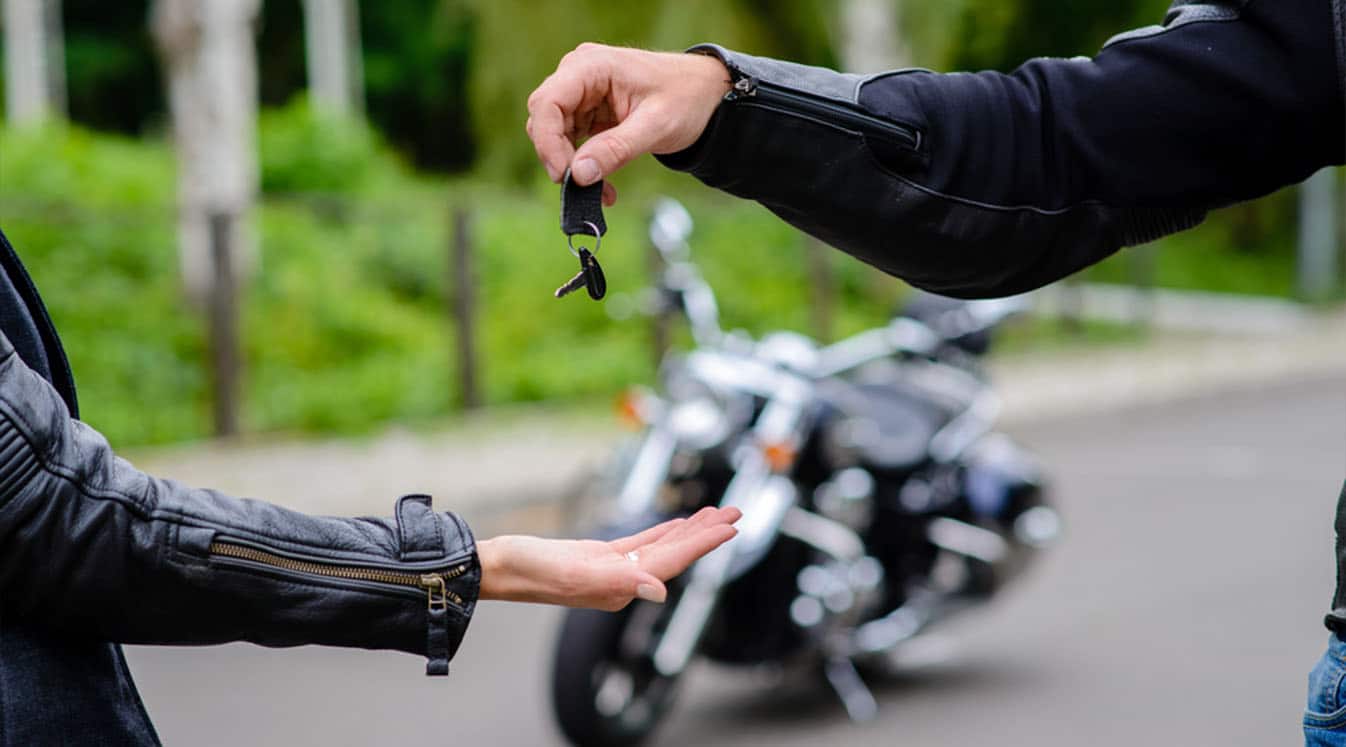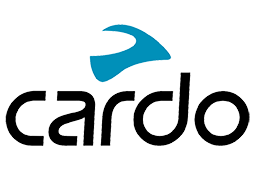
How to Sell a Motorcycle Yourself
Source: SFROLOV/Shutterstock
So, you’ve got a motorcycle that you want to sell yourself. Maybe you’re not interested in a trade-in at your local dealership, or maybe you think you can get a better price online. Either way, it’s understandable to feel a little apprehensive if you’re not quite sure how to sell a motorcycle on your own.
We’ve got some crucial tips that will help take the uncertainty out of the process. Read on for seven strategies for how to sell a motorcycle to reduce headaches and improve your chances of a successful sale.
1. Start with plenty of research.
The better you know your bike and its value, the more effectively you can set its price. Start by looking at a used motorcycle price guide and use sites like Kelley Blue Book and the NADA Motorcycle Guide to arrive at a reasonable average used sale price.
Realize that certain types of motorcycles can lose their value more quickly than others. Sport bikes in particular often are considered “high mileage” sooner than cruisers or touring bikes. The more carefully you research your motorcycle’s value, the fewer surprises you’ll find when you put it on the open market.
2. Use a smart listing strategy.
Think about where you’ll do best listing your motorcycle. Sites like Craigslist and Facebook Marketplace will show your bike to a wider audience, but can attract unserious buyers and even scam artists. CycleTrader and other automotive classified sites are often a better bet. And whatever site you use, make sure your listing includes bright, high-quality photos that clearly show the motorcycle’s condition.
3. Set a price and think about how flexible you can be.
There’s a good chance that buyers will want to negotiate, so think about how much you’ll bend on price. Do you want to sell your motorcycle quickly, or can you afford to hold onto it for a while? For most sellers, the answer to that question will determine how low they’ll go on price.
4. Clean and prepare your bike for sale.
A clean bike with a clear mechanical bill of health will always sell faster. Take the time to clean your motorcycle thoroughly and get some basic maintenance done before selling it. This will usually include:
- Oil change
- Air filter change
- Chain lubrication
- Basic wash and wax
- General mechanical assessment
If your motorcycle needs more than a tune-up, see the next tip.
Upgrade Your Experience with Cardo Motorcycle Helmet Speakers

5. Decide how much you want to invest in maintenance and repairs.
You can still sell a bike that’s in imperfect condition, but you’ll need to decide what’s worth getting replaced or repaired and what isn’t. New spark plugs? New tires? New transmission? All of these cost money, but some repairs will be more than you can reasonably expect to get for the motorcycle. Again, look at the bike’s Blue Book value and compare it with the expected cost of any repairs.
Never attempt to hide mechanical defects from a buyer. Not only is it unethical, but it can potentially get you sued. If you’re selling a motorcycle with a significant mechanical problem, you need to fully disclose it and make sure the buyer understands (in writing) that they’re buying as-is.
6. Come prepared with the right documentation.
No buyer wants to waste their time with a seller who can’t put the right paperwork together. Thus, you should always have:
- Title: The title establishes the legal owner of the motorcycle, so it’s easy to see why it’s the single most important piece of legal paperwork in a motorcycle sale. If the title has been lost or damaged, you’ll need to get a certified duplicate title first and possibly even a title bond.
- Vehicle History Report: This isn’t required, but it will help the buyer feel a lot more confident. Choose one of the many motorcycle VIN lookup sites and have the report available for the buyer.
- Bill of Sale: Again, most states don’t strictly require a bill of sale for a motorcycle, but using a motorcycle bill of sale helps protect all parties by firmly establishing the legal conditions of the sale.
7. Decide on your test ride policy.
Many riders won’t buy a used motorcycle without a test ride. That’s understandable, but it also requires a firm hand on the seller’s part to set a sensible test ride policy.
One common practice is for sellers to demand the bike’s asking price in cash-in-hand as collateral for a test ride. Setting ground rules, such as requiring that a rider use a hands-free motorcycle intercom system rather than manually operating their GPS, is also common. Finally, you should never let anyone who doesn’t have their motorcycle endorsement do a test ride.

Source: Victor Mulero/Shutterstock
Cardo Motorcycle Communication Systems Keep You in Sync with Your Crew
Not quite ready to sell, but want to keep your bike in tip-top shape in case you ever do? Read our essential motorcycle maintenance guide to find out how. And, of course, don’t forget to check out our full range of motorcycle communication systems, including the groundbreaking Cardo PackTalk models with dynamic mesh communication.
